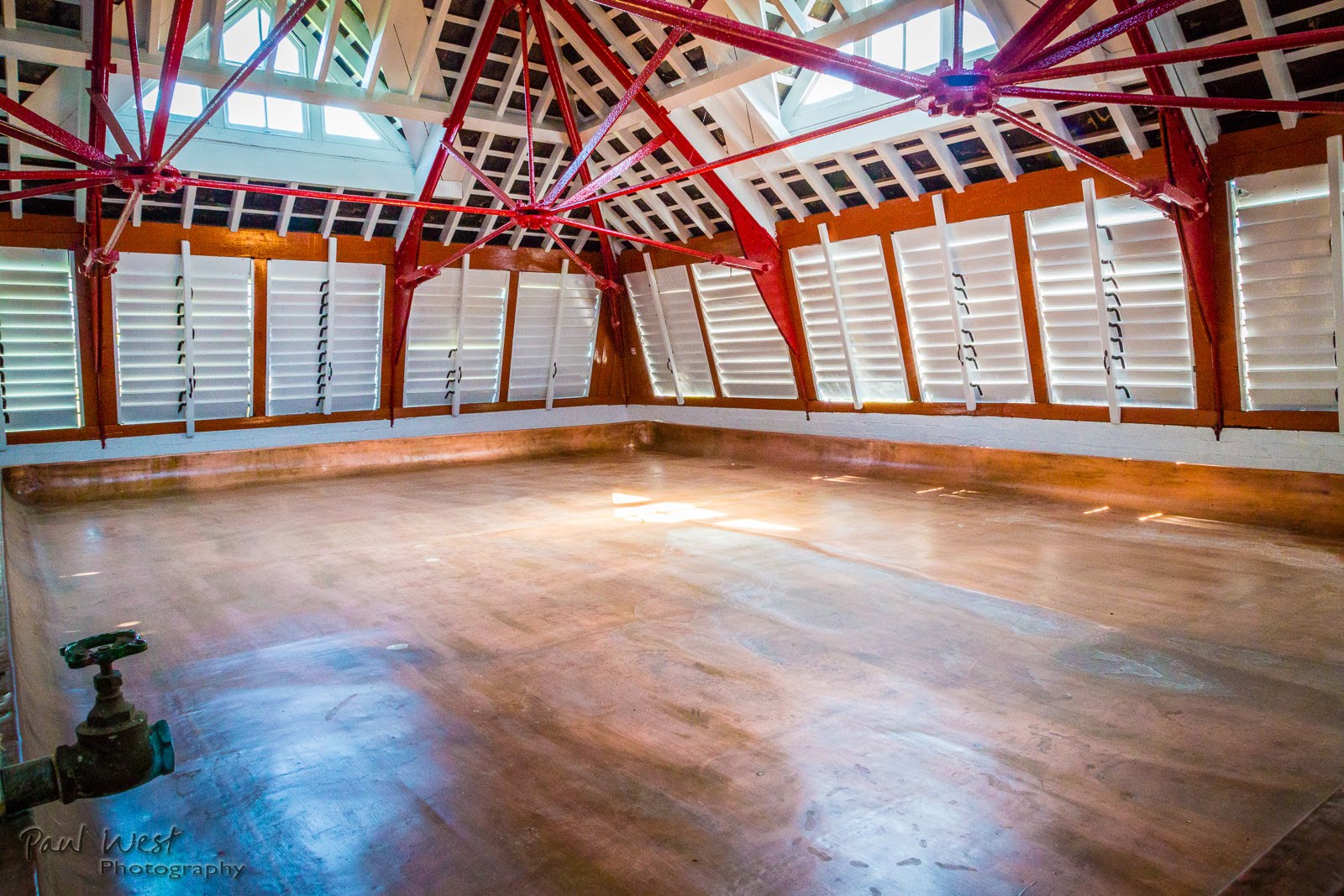The most comprehensive thing I have read about coolships as they are/were used by breweries in the British Isles, Germany, Czechia, and Belgium is by Dann and Martha Paquette, founders of Saint Mars of the Desert in Sheffield, England and their former brewery Pretty Things in Boston:
https://beerofsmod.co.uk/blogs/news/the-koelship-a-flat-cooler-for-all-occasions
The main takeaway:
"cooling in itself isn’t the main reason. Our friend Andreas Gänstaller of
Gänstaller Bräu in Schnaid, Franconia, Germany uses his kühlschiff every brewday and his vintage facility was one of the inspirations for our small brewery here in Sheffield. “I’m a big fan of kühlschiff because all of the trub and cloudy stuff from the wort really saddles down on the bottom – clears out very well. All the negative stuff in the wort goes away, like
D.M.S.” You read this a lot from German brewers, they like their wort really clean and the flat cooler does the job."
The wort doesn't sit there too long (not overnight like the lambic brewers) and is then quickly chilled by other means and then pitched with healthy doses of yeast that overwhelm any critters that did manage to get into the wort. A little chilling, but mostly dropping out cold break, it seems.
And as for those lambic brewers, which would seem to be the main users of coolships but in the history of brewing beer are just a small statistical anomoly:
"If the traditional use of a flat cooler was overshadowed by fear of infection, the lambic brewers must conversely fear that not enough infection will occur. My suspicion has always been that a lot of the magic of these beers, rather than sprouting “spontaneously” from a single night in a cooler, is from the repetitive use of the cooler combined with wooden fermentation and maturation vessels, which creates a growing microbial foundation inside the wood and in the surrounding fermentation areas."




